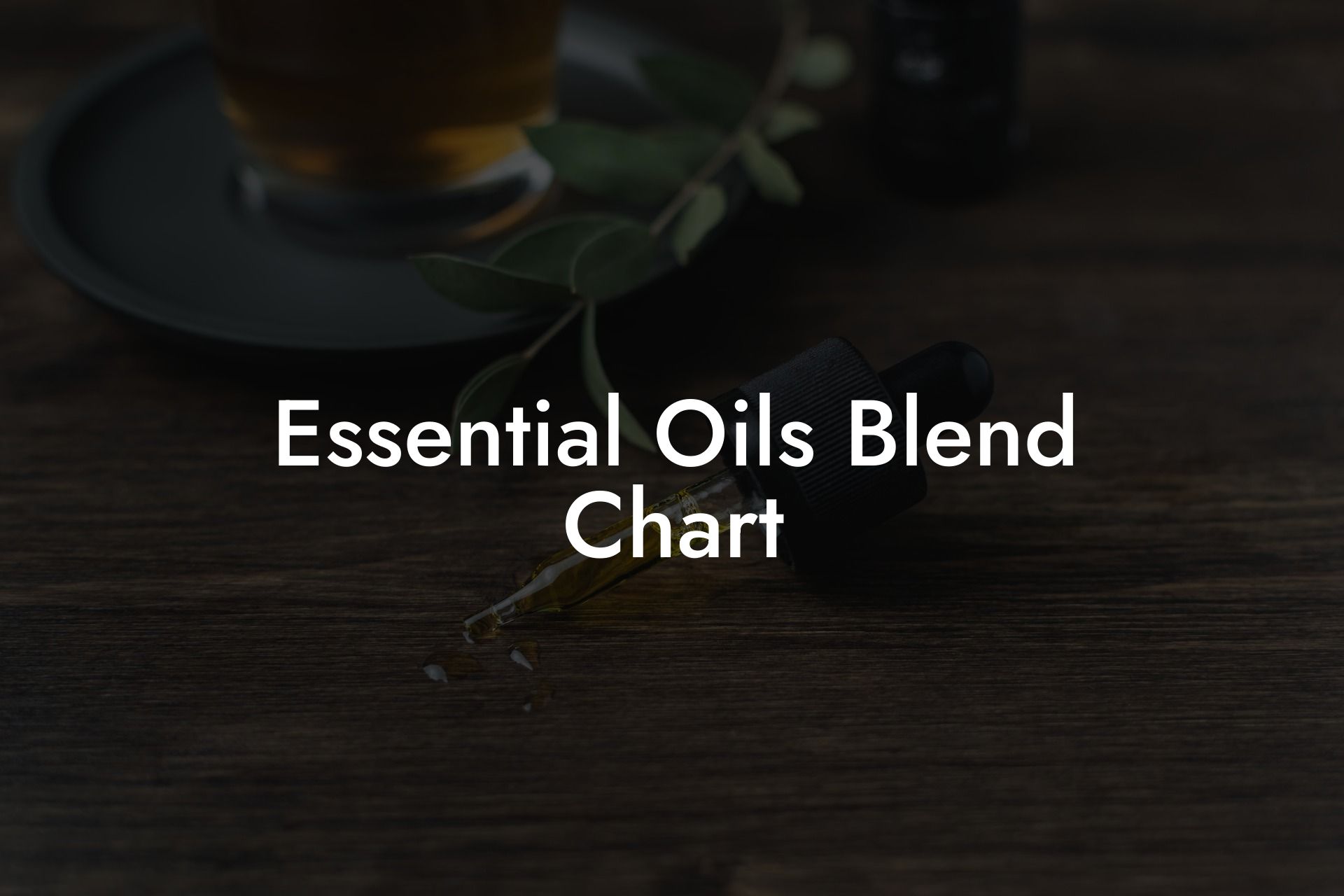Unlock the power of essential oils with our comprehensive Essential Oils Blend Chart, your go-to guide for creating harmonious, healing, and wellness-boosting aromatic combinations. Discover the secrets of blending essential oils and elevate your aromatherapy experience to a whole new level with Oshu Oils.
Table of Contents
Why Blend Essential Oils?
Blending essential oils is both a science and an art. By combining different oils together, you can create synergies – powerful, therapeutic blends that enhance and complement each other’s properties. With the right blend, you can create mixtures that promote relaxation, boost energy, target specific ailments, or evoke a specific mood or atmosphere. It’s all about letting your creativity, intuition, and knowledge guide you towards the perfect blend.
Understanding the Basics of Oil Blending
1. Blending by Note
Essential oils are typically classified as either top, middle, or base notes. This refers to their aroma’s evaporation speed and longevity. It’s important to blend oils with a balance of top, middle, and base notes to create a well-rounded and long-lasting scent. Generally:
- Top notes are the first scents you notice, they evaporate quickly but create an immediate impression. Examples include citrus and mint oils.
- Middle notes form the heart of the blend, lasting longer than top notes. Examples include floral, herbs, and spices oils.
- Base notes are the longest-lasting of the blend and provide depth to the aroma. Examples include wood, resin, and earthy oils.
2. Blending by Category
Essential oils can also be grouped according to their scent profile, making it easier to create blends that smell harmonious. Common categories include:
- Floral (lavender, rose, geranium)
- Herbaceous (rosemary, oregano, basil)
- Spicy (clove, nutmeg, cinnamon)
- Earthy (patchouli, vetiver, oakmoss)
- Woody (cedarwood, sandalwood, cypress)
- Citrus (lemon, orange, grapefruit)
- Minty (peppermint, eucalyptus, spearmint)
- Resinous (frankincense, myrrh, benzoin)
While oils within the same category generally blend well together, don’t be afraid to mix oils from different categories to create unique and exceptional combinations.
3. Blending by Ratio
When creating your blend, it’s important to use the right proportion of each oil to ensure harmony and balance in the aroma. A common starting point is to use a 30:50:20 ratio for top, middle, and base notes, respectively. However, this ratio can be adjusted to create the desired scent profile.
Essential Oils Blend Chart Example:
Sample Essential Oils Blend Chart
| Blend Name | Top Note | Middle Note | Base Note |
|---|---|---|---|
| Relaxing Blend | Bergamot (30%) | Lavender (50%) | Cedarwood (20%) |
| Energizing Blend | Orange (30%) | Rosemary (50%) | Ginger (20%) |
| Focus Blend | Peppermint (30%) | Basil (50%) | Vetiver (20%) |
Now that you’ve got a glimpse of the magic of blending essential oils, it’s time to unleash your creativity and craft your signature scents. With our Essential Oils Blend Chart as your guide, you’re ready to embark on a fragrant journey of discovery, healing, and well-being. Don’t forget to share your findings with friends and family, and explore other essential oil guides and products from Oshu Oils. Happy blending!





















